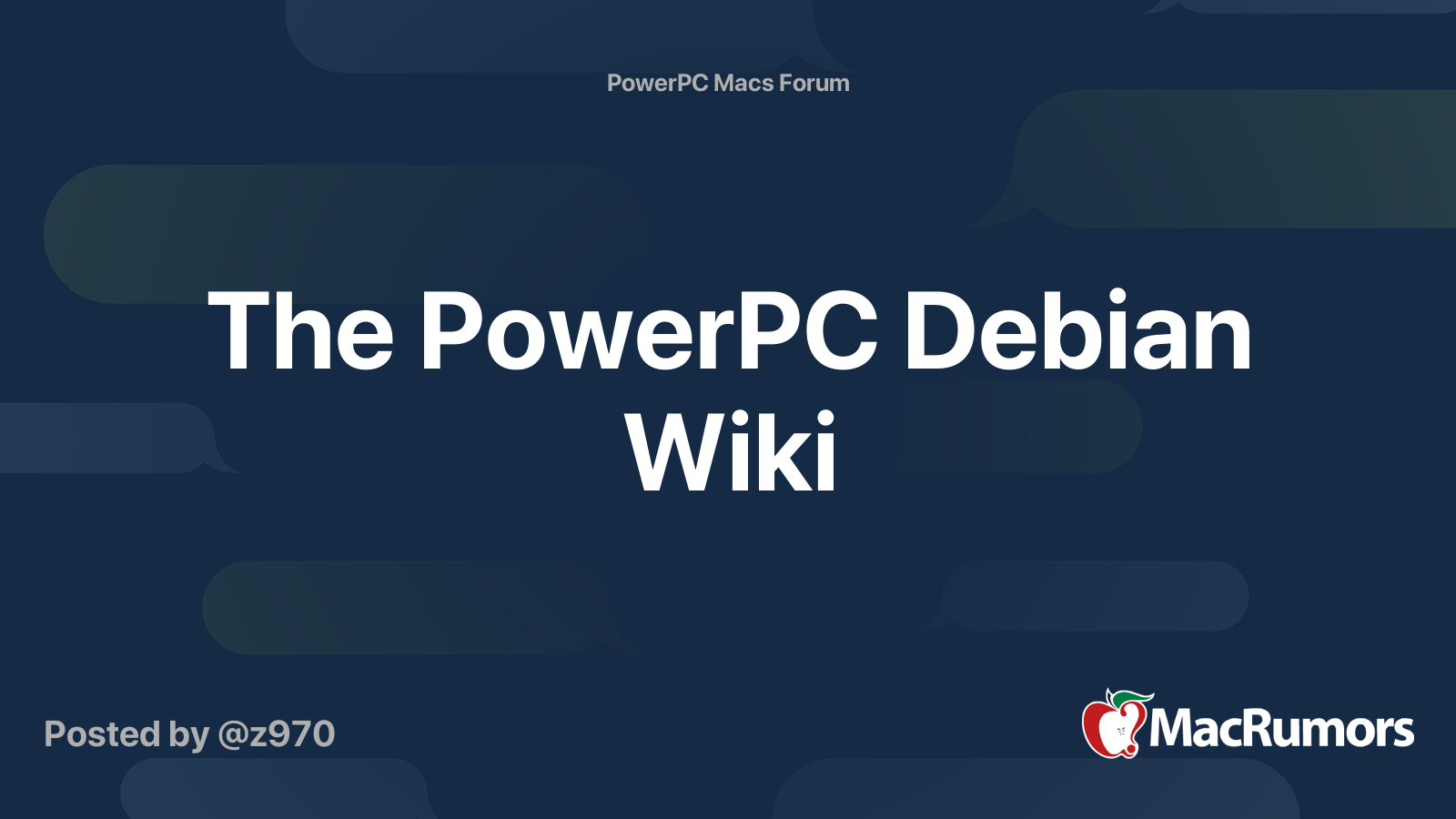Spotlight? You're talking about OS X? I thought you were on Debian Sid this whole time!
Linux systems have the ability to drop into a new terminal session with those commands. OS X has never had this feature, and has absolutely nothing to do with whether the machine in question is a PowerPC or Intel-based Mac.
GParted can also add and remove partitions, among quite a lot more as it is one of the most powerful graphical partitioning tools available.
If you're on OS X, why not just use the built-in Disk Utility? It's more user-friendly than GParted.
Alternatively, iPartition has recently become available as official abandonware, so if you prefer not to use Disk Utility, there is also that option as well.







